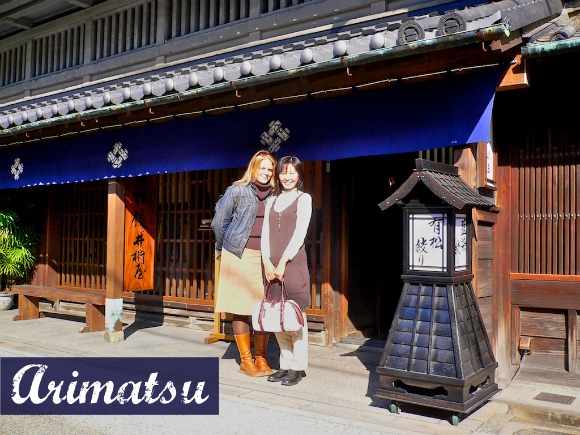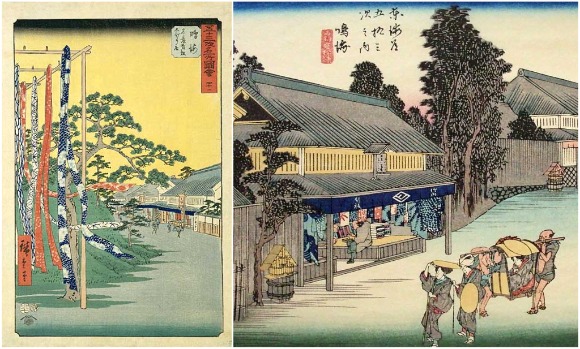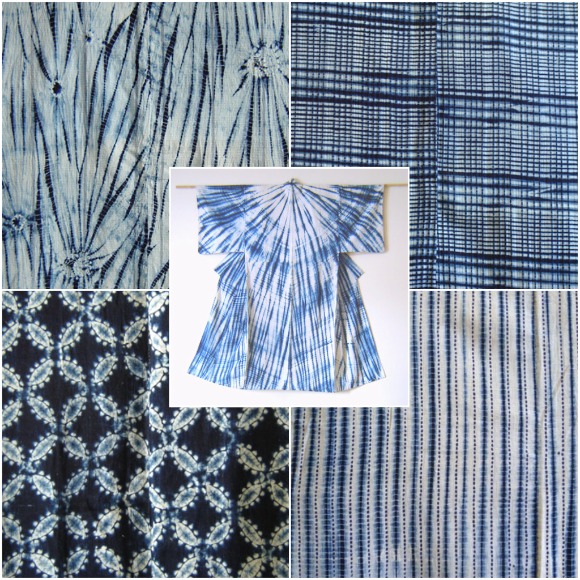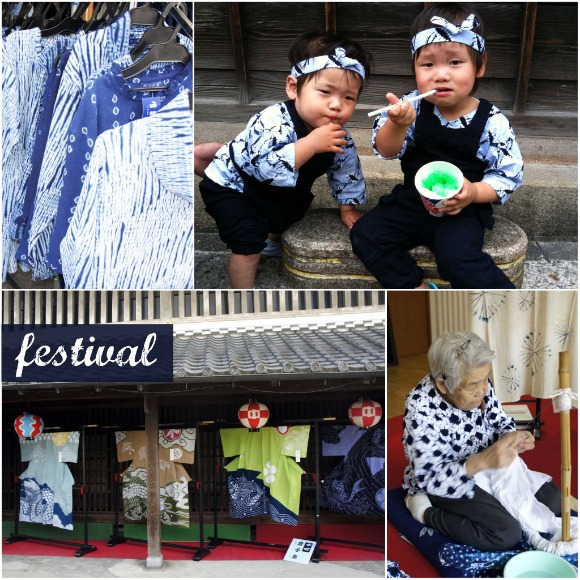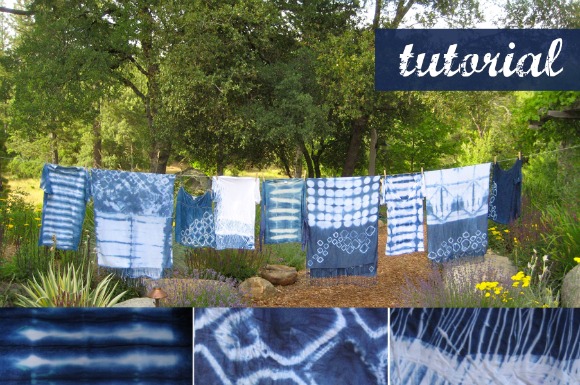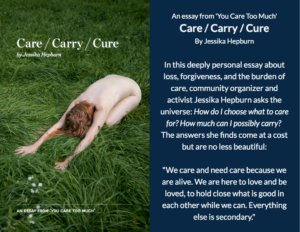During my time living in Japan, one of my favourite discoveries was shibori. I shouldn’t really say “discovery”, it was more of an introduction!
Just south of Nagoya, my Japanese hometown for 4 years, lies Arimatsu, a small town with a big reputation. Knowing my interest in art and craft, one of my students and her husband decided that a field trip to Arimatsu was in order. So off we went, one sunny Autumn afternoon, to discover the world of traditional shibori textiles.
Arimatsu is one of those rare Japanese towns where time has stood still. The historic town is famous for its kimono and textile wholesalers and shibori craftspeople. But how did this little town become so well-known?
While the shibori technique was likely brought to Japan from China in the 8th century, the town of Arimatsu has been in the business of shibori since it’s founding by 8 families in 1608. You see, there is a famous road in Japan, called the Tokaido or East Sea Road, between Tokyo and Osaka. Back when Arimatsu was founded, the feudal lords of Japan were required to travel to Tokyo (then known as Edo) each year via the Tokaido to swear their allegiance to the Shogun. Along the route were 53 government-sanctioned stops or “stations” where travellers could rest. Arimatsu was established as the forty-second station.
Hiroshige Blockprints of Arimatsu
Arimatsu, over time, became famous for high quality shibori textiles. But what exactly is shibori? Usually referred to as simply “Japanese tie-dye”, it is a form of resist-dyeing where fabric is folded, tied, twisted or wrapped to create patterns. Traditional indigo blue and white is probably the most well-known version of shibori, though it is available in a multitude of colours.
Want to see just how it’s done? Here’s a lovely video filmed in Arimatsu. The artisans in the film are Kitano Toyo-san, aged 92, Nakashima Suzue-san, aged 87, and Honma Tomeko-san, aged 85. Watch as they sit seiza and their nimble fingers tie the shibori patterns. The tied fabric is then dyed using indigo and finally you see the fabrics untied and the patterns revealed.
Arimatsu Shibori – Artisans at work
In traditional shibori practice, at least 3 artisans – masters in their own right – were involved. One to create the pattern and stencil the fabric, one to tie, and one to dye. It is slow, practiced work and a true cultural heritage. It is simply beautiful.
Every June, Arimatsu holds a Shibori festival – a celebration of the art and the town itself. People flock from all over (as is the case with most Japanese festivals) to take part. Here are a few images from this years festival:
For more images of the festival, visit Notjustnat and BIG in JAPAN‘s recaps.
Of course, shibori exists outside of Arimatsu and outside of Japan. The techniques have evolved and have become not only techniques used in dyeing, but also in various fibre arts. But for me, the beauty of shibori will always exist as a reminder of a village where time stood still, where master craftsmen and women create with wise hands.
Should you want to try your own hands at shibori (I know I do!), visit Honestly WTF for a wonderful tutorial on three kinds of shibori dyeing techniques:
And, should you ever find yourself in Japan, why not take a trip to Arimatsu and discover shibori for yourself? See Japan as it once was, visit the Shibori museum where you can even try take a workshop in the craft, and marvel at tie-dyeing worlds away from groovy 60’s t-shirts!


